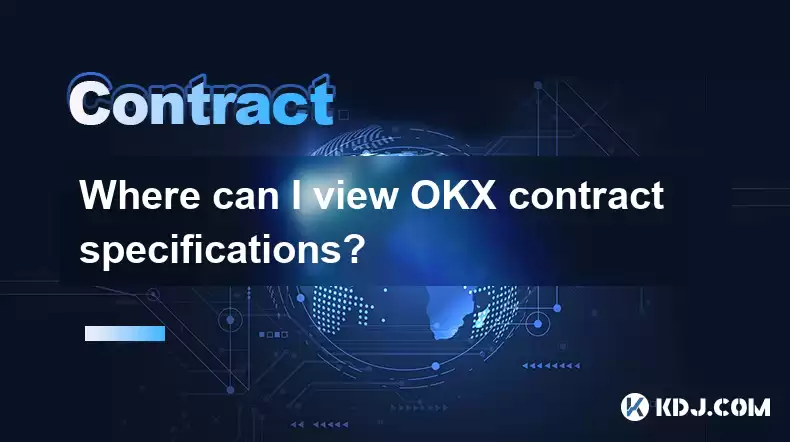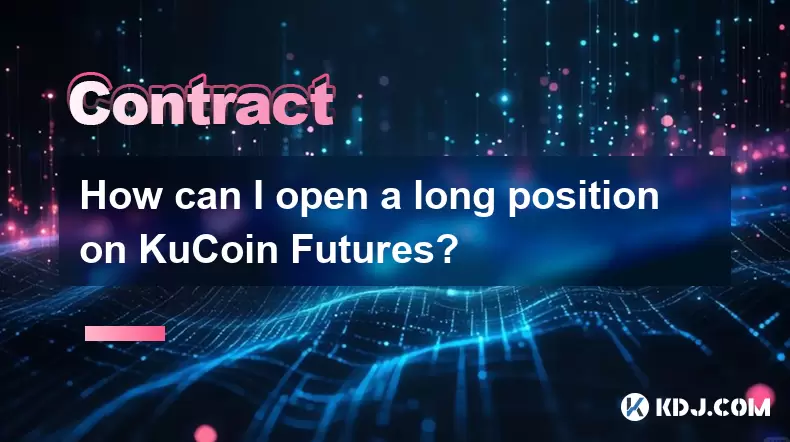-
 Bitcoin
Bitcoin $116700
0.24% -
 Ethereum
Ethereum $3973
4.34% -
 XRP
XRP $3.283
7.68% -
 Tether USDt
Tether USDt $1.000
0.01% -
 BNB
BNB $789.8
2.27% -
 Solana
Solana $176.2
3.31% -
 USDC
USDC $0.9999
0.00% -
 Dogecoin
Dogecoin $0.2238
5.14% -
 TRON
TRON $0.3389
-0.51% -
 Cardano
Cardano $0.7907
4.03% -
 Stellar
Stellar $0.4527
10.02% -
 Hyperliquid
Hyperliquid $41.07
4.27% -
 Sui
Sui $3.794
1.77% -
 Chainlink
Chainlink $19.49
10.40% -
 Bitcoin Cash
Bitcoin Cash $580.9
0.74% -
 Hedera
Hedera $0.2617
4.32% -
 Avalanche
Avalanche $23.41
3.67% -
 Ethena USDe
Ethena USDe $1.001
-0.03% -
 Litecoin
Litecoin $122.4
1.38% -
 Toncoin
Toncoin $3.364
1.49% -
 UNUS SED LEO
UNUS SED LEO $8.988
0.37% -
 Shiba Inu
Shiba Inu $0.00001295
2.82% -
 Uniswap
Uniswap $10.62
5.75% -
 Polkadot
Polkadot $3.922
4.46% -
 Dai
Dai $1.000
0.01% -
 Bitget Token
Bitget Token $4.494
2.15% -
 Monero
Monero $268.0
-1.30% -
 Cronos
Cronos $0.1523
3.68% -
 Pepe
Pepe $0.00001127
4.43% -
 Aave
Aave $285.4
4.85%
Where can I view OKX contract specifications?
OKX contract specifications aren't centralized; finding details requires checking the OKX website, API documentation, and potentially third-party sources, verifying information across platforms before trading to avoid losses.
Mar 23, 2025 at 04:28 am

Key Points:
- OKX contract specifications are not centralized in a single, easily accessible document. Information is spread across several platforms and resources.
- Finding the specifics requires navigating OKX's website, utilizing their API documentation, and potentially consulting third-party resources.
- Different contract types (perpetual, futures, options) have distinct specifications, demanding separate searches.
- Understanding leverage, margin requirements, liquidation prices, and settlement mechanisms is crucial for each contract.
- User responsibility rests in verifying contract details before trading to avoid unforeseen losses.
Where Can I View OKX Contract Specifications?
Finding comprehensive contract specifications on OKX requires a multi-pronged approach. There isn't a single "Specifications" page that neatly lays out every detail for every contract offered. Instead, information is disseminated across various sections of the OKX platform and supporting documentation. This necessitates a careful and thorough search process.
Navigating the OKX Website:
The first place to start is the OKX website itself. Look for sections dedicated to specific contract types. For example, you'll find information regarding perpetual contracts in the "Perpetual" section of their trading platform. Similarly, futures contracts will have their own dedicated area. Within these sections, you should find details on the underlying asset, contract size, tick size, and trading hours. However, the level of detail may vary.
Utilizing the OKX API Documentation:
For more granular details, including technical specifications and precise data formats, you need to delve into OKX's API documentation. This documentation is usually aimed at developers and those building trading bots or applications. It provides information on how to access contract data programmatically. This route is ideal for obtaining the most precise and up-to-date information, though it requires some technical understanding.
Third-Party Resources:
While not an official source, some third-party websites and communities might offer aggregated or analyzed information regarding OKX contract specifications. However, always cross-reference this information with the official OKX platform and API documentation to ensure accuracy and avoid misleading data. Relying solely on external sources can be risky.
Understanding Contract Types and Their Specifications:
OKX offers several contract types, each with its unique specification requirements:
Perpetual Contracts:
- Leverage: The amount of borrowed funds you can use to amplify your trading position. This is usually adjustable within a certain range, and the maximum leverage varies by asset.
- Funding Rate: A periodic payment made between long and short positions to align the perpetual contract price with the spot price of the underlying asset. Understanding how the funding rate is calculated is crucial for managing potential costs.
- Liquidation Price: The price at which your position is automatically closed due to insufficient margin. This is calculated based on your leverage, position size, and the current market price. You should calculate this for risk management.
Futures Contracts:
- Contract Size: The quantity of the underlying asset represented by one contract. Understanding this is essential for calculating your potential profits and losses.
- Expiration Date: The date on which the futures contract expires and settles. This is a key factor in managing your trading strategy.
- Settlement Price: The price at which the contract is settled at expiration. This is typically based on the market price at a specific time on the expiration date.
Options Contracts:
- Strike Price: The price at which the option holder can buy or sell the underlying asset. This is a critical element in determining the option's value.
- Expiration Date: The date on which the option contract expires. Options contracts have a defined lifespan unlike perpetuals.
- Premium: The price paid to acquire the option contract. This represents the cost of the right, but not the obligation, to buy or sell the underlying asset.
Key Considerations Before Trading:
- Margin Requirements: The amount of funds you need to maintain in your account to keep your position open. This is calculated based on your leverage and position size.
- Liquidation Mechanisms: Understand how and when your position will be liquidated if your margin falls below the required level.
- Settlement Procedures: Know the process for settling your contracts, whether at expiration or through liquidation.
Common Questions:
Q: Where can I find the exact contract size for Bitcoin perpetual contracts on OKX?
A: The contract size should be specified within the contract details on the OKX trading platform for Bitcoin perpetuals. You may also find this information in their API documentation.
Q: How do I calculate my liquidation price on OKX futures contracts?
A: OKX usually provides liquidation price calculators or formulas within their help section or through their API. The calculation typically involves your leverage, position size, and the current market price.
Q: Where can I access the funding rate schedule for OKX perpetual contracts?
A: The funding rate is usually displayed on the contract details page on the OKX trading platform, alongside live updates. You may also find this information via their API.
Q: Are OKX contract specifications subject to change?
A: Yes, OKX, like any exchange, reserves the right to modify contract specifications. Always check the latest information on the platform before engaging in trading. Staying informed through official announcements is critical.
Q: Where can I find details about OKX's options contract specifications?
A: The details for OKX options contracts are typically found within the dedicated options trading section of the platform. Look for individual contract specifications which will be shown before you can place a trade. The information might also be available through their API.
Disclaimer:info@kdj.com
The information provided is not trading advice. kdj.com does not assume any responsibility for any investments made based on the information provided in this article. Cryptocurrencies are highly volatile and it is highly recommended that you invest with caution after thorough research!
If you believe that the content used on this website infringes your copyright, please contact us immediately (info@kdj.com) and we will delete it promptly.
- Coinbase, Cosmos, and dYdX: Navigating the Crypto Currents
- 2025-08-09 06:30:16
- BNB Price, Altcoins, and Predictions: What's the Buzz?
- 2025-08-09 06:30:16
- Crypto Presale Projects Primed for Gains in 2025: A New Yorker's Take
- 2025-08-09 06:50:15
- Ruvi AI: The Millionaire Maker Poised for a Price Spike?
- 2025-08-09 06:50:15
- Cold Wallet, CoinMarketCap, Cardano & XRP: Navigating Crypto's Next Big Wave
- 2025-08-09 07:10:15
- Hedera (HBAR) Price Surge: Market Cap Soars, What's Next?
- 2025-08-09 07:10:15
Related knowledge

What is the difference between realized and unrealized PNL on KuCoin?
Aug 09,2025 at 01:49am
Understanding Realized and Unrealized PNL on KuCoinWhen trading on KuCoin, especially in futures and perpetual contracts, understanding the distinctio...

How does KuCoin Futures compare against Binance Futures in terms of features?
Aug 09,2025 at 03:22am
Trading Interface and User ExperienceThe trading interface is a critical component when comparing KuCoin Futures and Binance Futures, as it directly i...

What is the distinction between mark price and last price on KuCoin?
Aug 08,2025 at 01:58pm
Understanding the Basics of Price in Cryptocurrency TradingIn cryptocurrency exchanges like KuCoin, two key price indicators frequently appear on trad...

What are the specific maker and taker fees on KuCoin Futures?
Aug 08,2025 at 08:28am
Understanding Maker and Taker Fees on KuCoin FuturesWhen trading on KuCoin Futures, users encounter two primary types of fees: maker fees and taker fe...

Can you explain the difference between cross margin and isolated margin on KuCoin?
Aug 09,2025 at 02:57am
Understanding Margin Trading on KuCoinMargin trading on KuCoin allows traders to borrow funds to increase their trading position beyond their actual c...

How can I open a long position on KuCoin Futures?
Aug 09,2025 at 02:07am
Understanding KuCoin Futures and Long PositionsOpening a long position on KuCoin Futures means you are speculating that the price of a cryptocurrency ...

What is the difference between realized and unrealized PNL on KuCoin?
Aug 09,2025 at 01:49am
Understanding Realized and Unrealized PNL on KuCoinWhen trading on KuCoin, especially in futures and perpetual contracts, understanding the distinctio...

How does KuCoin Futures compare against Binance Futures in terms of features?
Aug 09,2025 at 03:22am
Trading Interface and User ExperienceThe trading interface is a critical component when comparing KuCoin Futures and Binance Futures, as it directly i...

What is the distinction between mark price and last price on KuCoin?
Aug 08,2025 at 01:58pm
Understanding the Basics of Price in Cryptocurrency TradingIn cryptocurrency exchanges like KuCoin, two key price indicators frequently appear on trad...

What are the specific maker and taker fees on KuCoin Futures?
Aug 08,2025 at 08:28am
Understanding Maker and Taker Fees on KuCoin FuturesWhen trading on KuCoin Futures, users encounter two primary types of fees: maker fees and taker fe...

Can you explain the difference between cross margin and isolated margin on KuCoin?
Aug 09,2025 at 02:57am
Understanding Margin Trading on KuCoinMargin trading on KuCoin allows traders to borrow funds to increase their trading position beyond their actual c...

How can I open a long position on KuCoin Futures?
Aug 09,2025 at 02:07am
Understanding KuCoin Futures and Long PositionsOpening a long position on KuCoin Futures means you are speculating that the price of a cryptocurrency ...
See all articles

























































































